Tracking when humans, Neanderthals, and Denisovans crossed paths—and what became of their offspring.
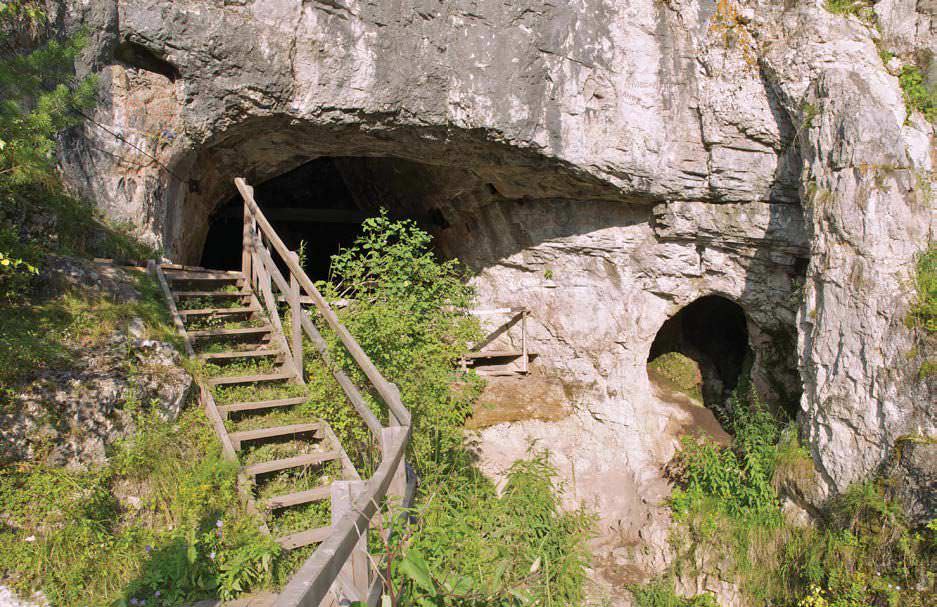
IN 1856, QUARRY WORKERS IN GEMANY’S Neander Valley discovered the bones of what appeared to have been a strange looking man. This was three years before Charles Darwin published On the Origin of Species and 15 years before The Descent of Man, so there was very little notion at the time that there had ever existed humans who were not exactly “us.” “Valley” is tal in German, and the find became known as “Neanderthal man.” Since then, countless Neanderthal sites have been found across Eurasia, and countless questions have been asked about the relationship between these extinct homininsand modern humans. For every one of these questions that has been answered through archaeology—and, in particular, via the retrieval, sequencing, and analysis of ancient and modern DNA—several more arise.
In 2010, for example, scientists confirmed the existence of another extinct hominin, closely related to Neanderthals, in Denisova Cave in Siberia, and dubbed them Denisovans. The same year, the surprising news broke that our species, Homo sapiens, had interbred with both Neanderthals and Denisovans tens of thousands of years ago. Around 1 to 4 percent of the genome of modern humans (save for that of sub-Saharan Africans, who never interacted with Neanderthals) comes from these archaic hominins. Since then, the technology and methods used to study ancient DNA have improved so rapidly that we are now able to ask questions that were simply unimaginable before. How did interbreeding affect humans, Neanderthals, and Denisovans? What genetic debt do modern humans owe to their ancient hominin cousins? What, at a genetic level, makes us human? A flurry of new studies in this fastmoving field has begun to provide some insight.
This story is from the {{IssueName}} edition of {{MagazineName}}.
Start your 7-day Magzter GOLD free trial to access thousands of curated premium stories, and 9,000+ magazines and newspapers.
Already a subscriber ? Sign In
This story is from the {{IssueName}} edition of {{MagazineName}}.
Start your 7-day Magzter GOLD free trial to access thousands of curated premium stories, and 9,000+ magazines and newspapers.
Already a subscriber? Sign In
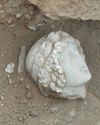
Digs & Discoveries - A Friend For Hercules - Archaeologists discovered a finely carved head depicting Apollo, god of the sun, music, and poetry.
While digging at the crossroads of the two main streets in the ancient city of Philippi in northern Greece, archaeologists discovered a finely carved head depicting Apollo, god of the sun, music, and poetry.
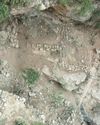
Digs & Discoveries - A Fortress Sanctuary - A sprawling 2,000-year-old fortress in the Zagros Mountains of Iraqi Kurdistan appears to have included a sanctuary dedicated to the ancient Persian water goddess Anahita.
A sprawling 2,000-year-old fortress in the Zagros Mountains of Iraqi Kurdistan appears to have included a sanctuary dedicated to the ancient Persian water goddess Anahita.
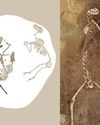
Like Cats And Dogs – Archeologist fund the skeleton of a male Eurasian lynx (Lynx lynx), a notoriously shy creature.
Оn the periphery of Zamárdi, an ancient lakeshore settlement in west-central Hungary, archaeologists uncovered a nearly five-foot-deep beehive-shaped pit with the skeletons of four adult dogs buried in successive shallow layers.
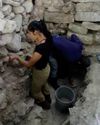
A Dynasty Born In Fire- How an upstart Maya king forged a new social order amid chaos
At the beginning of the Terminal Classic period (ca. A.D. 810-1000), many of the great kingdoms of the southern Maya lowlands-among them Tikal, Palenque, and Calakmul-were being abandoned or collapsing. For many years, scholars have assumed that most, if not all, the other kingdoms across the Maya world must have also been in steep decline.
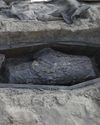
Medical Malfeasance - Archaeologists uncovered two coffins during excavations of a nineteenth-century cemetery in Quebec City that provide evidence of the illicit practice of diverting corpses for the study of human anatomy.
Archaeologists uncovered two coffins during excavations of a nineteenth-century cemetery in Quebec City that provide evidence of the illicit practice of diverting corpses for the study of human anatomy. Starting in 1847, medical students were required to have practical experience studying human anatomy, but legal options to procure cadavers were limited
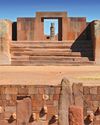
RISE AND FALL OF TIWANAKU
New dating techniques are unraveling the mystery of a sacred Andean city
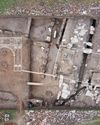
Making a Roman Emperor
A newly discovered monumental arch in Serbia reveals a family's rise to power in the late second century A.D.
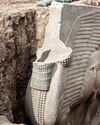
The Assyrian Renaissance
Archaeologists return to Nineveh in northern Iraq, one of the ancient world's grandest imperial capitals

Java's Megalithic Mountain
Across the Indonesian archipelago, people raised immense stones to honor their ancestors
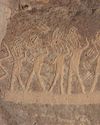
THE SONG IN THE STONE
Located in a desert gorge in southern Peru, Toro Muerto is one of the richest rock art sites in South America. It includes at least 2,600 boulders bearing petroglyphs, many featuring figures known as danzantes who appear to be dancing.